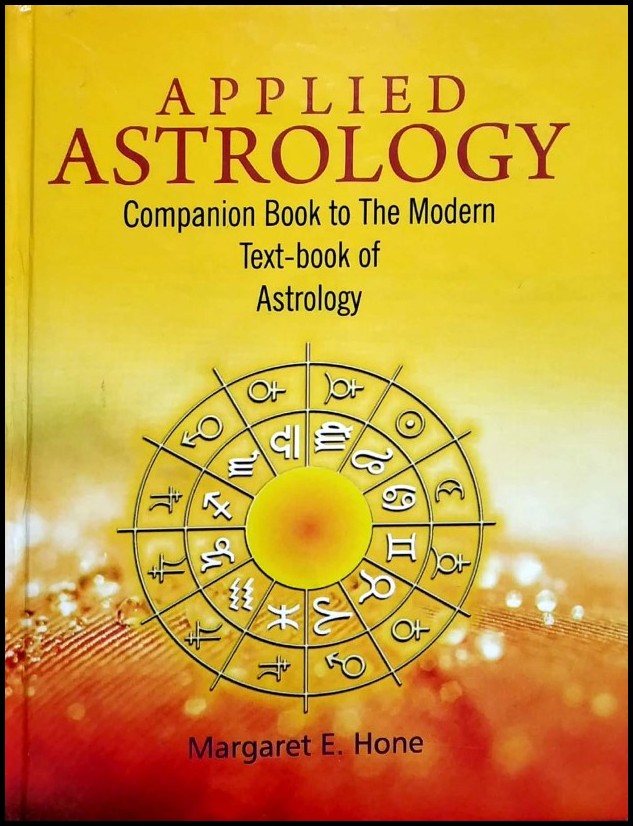No Products in the Cart
Call Us: +91 99581 38227
From 10:00 AM to 7:00 PM (Monday - Saturday)

" BACKWARDS " AND " FORWARDS " ASTROLOGY
THE two simple words quoted in the title of this chapter have found a place of their own in describing astrological interpretation. The one is used for work done backwards to a chart when all the character traits and events in a life are first known through reading a biography written by a trained author who has carefully collected all available details about the subject of his book.
The other is used for work done forwards from a chart, using astrological technique to deduce from it the character traits and also the tendencies which may eventuate in happen-ings of a certain nature in a life, this being very different from prediction of actual occurences. All students have access to examples of backwards astrology both in text-books and in lectures in which charts of well-known people are discussed ; certain signs, planetary placings and aspects are found to agree with outstanding characteristics as previously described ; progressed positions by one of the customary methods are found to correlate with events which are known to have occurred at given dates.
It is extremely valuable for a learner to study these and to give himself a similar exercise, but he is not using his deductive ability which he must strengthen if he is to become an able astrologer. He is rarely able to read examples of forwards astrology exactly as written to a client by an astrologer who has had to think out the interpretation of the chart in question for himself, sometimes after an interview with the person concerned, sometimes with only a case-history arrived at through correspondence.
As in all professions, practitioners develop their own ideas, first according to traditional teaching, then according to contemporary changes of opinion and lastly according to their own experience. It is not to be expected that any two would completely agree in their interpretation of a chart, nor would any two use similar phraseology in clothing the ideas they wish to express, but modern methods of teaching have shown that a dozen students working separately on a chart of a person unknown to them, for home-work or in an examination, will all produce similar descriptions (reasonably correct in the estimation of the tutor to whom the person is known), thus showing that the technique is valid, whoever may use it.
Most of the examples in the chapters which follow are of the latter category. It is hoped that students who agree with the methods used will be helped by them in their own work and that discussion will be stimulated amongst those who do not.
| 0.5kg | ₹40 |
| 1kg | ₹70 |
| 1.5kg | ₹110 |
| 2kg | ₹130 |
| 2.5kg | ₹138 |
| 3kg | ₹170 |
| 4kg | ₹175 |
| 5kg | ₹200 |
| 7kg | ₹270 |
| 10kg | ₹325 |
| 12kg | ₹420 |
| 15kg | ₹530 |
| 20kg | ₹850 |


